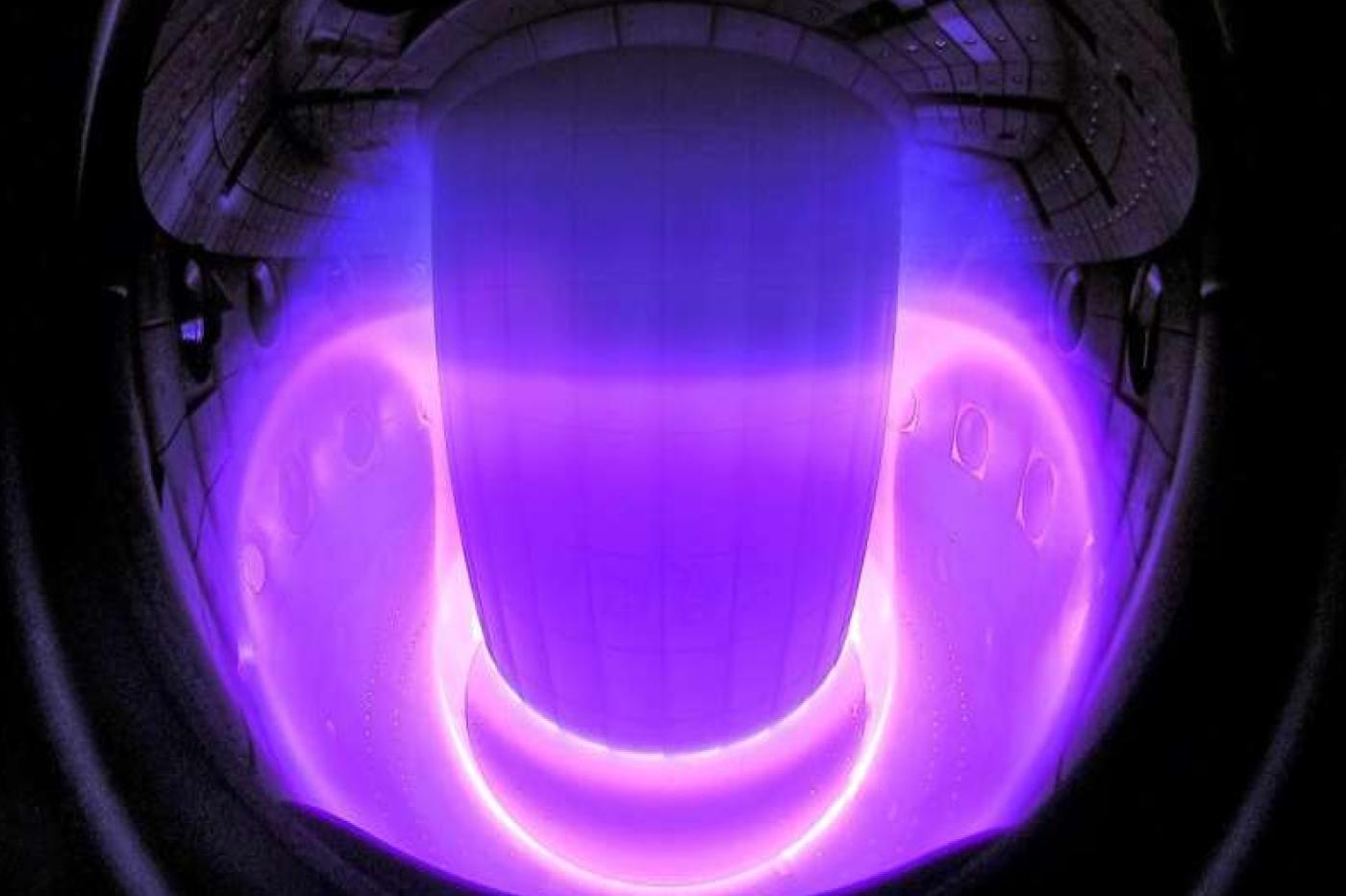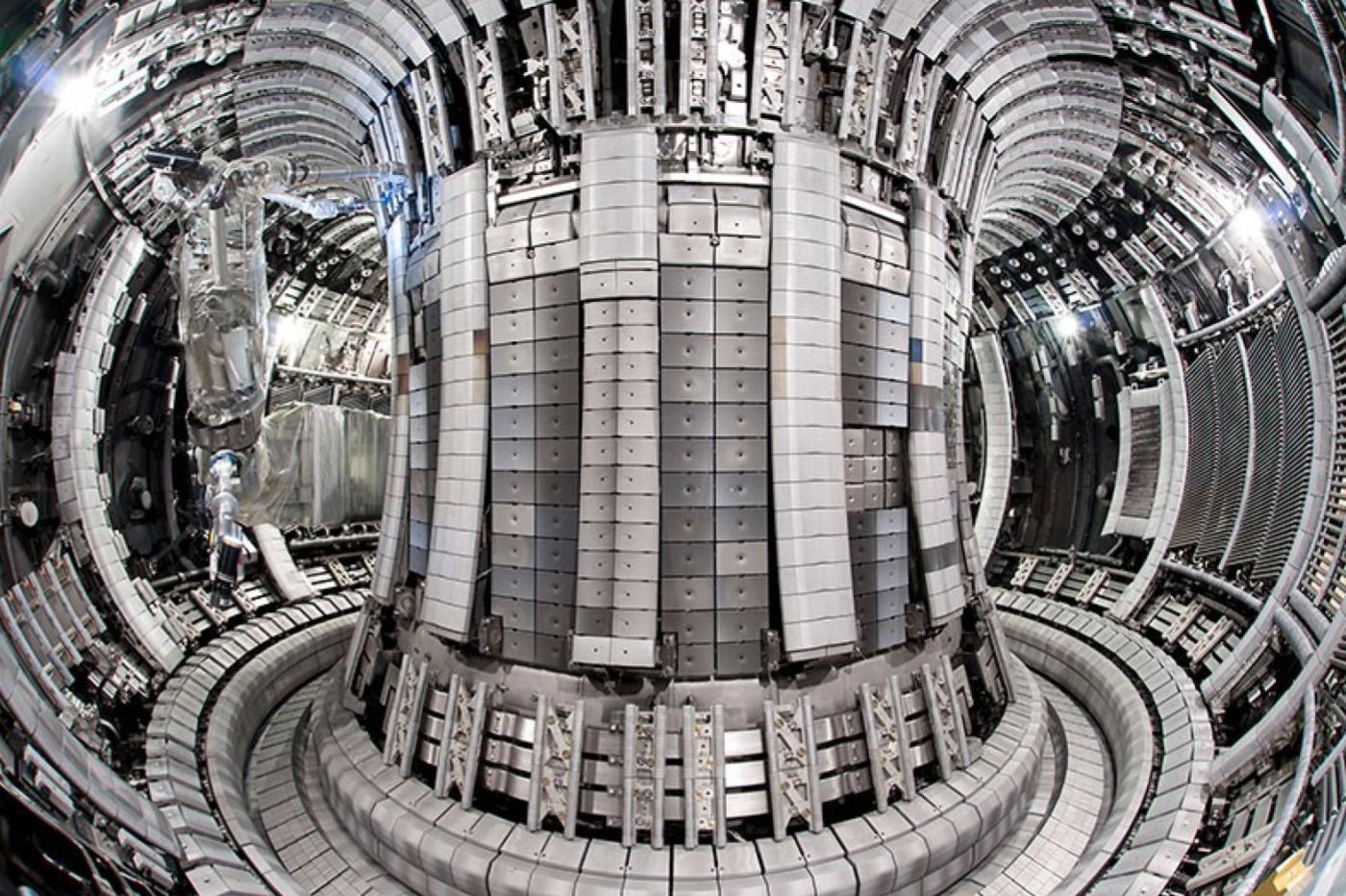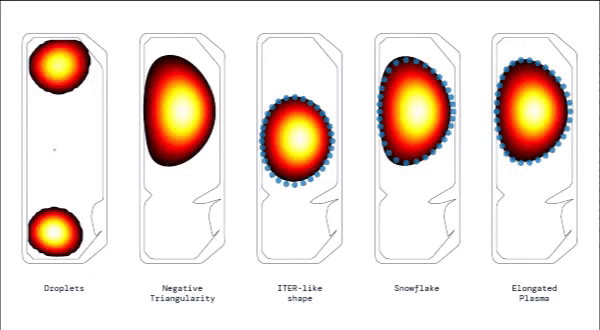
After having revolutionized chess, the game of Go, programming or even biology, these true AI wizards are now tackling nuclear fusion.
One of the great obstacles that still prevents us from making rapid progress on the question of nuclear fusion is the control of the reaction. Because if the underlying scientific theory is perfectly mastered today, it is still very far from being the case in practice; We have indeed heard of significant progress in China and England, but there is still a lot of work to be done before we can hope to domesticate this reaction. But recent work could well change the situation with a very different approach: ask an artificial intelligence to do it for us!
This idea comes to us directly from the wizards at DeepMind, the firm specializing in AI founded by the brilliant Demis Hassabis. In recent years, this cousin of Google (DeepMind depends on Alphabet, the parent company of Google) has set up several laboratories which all had one thing in common: they seek to put fundamental research in artificial intelligence at the service of problem solving. concrete.
The firm began by illustrating itself in the context of games, with programs like AlphaStar, AlphaChess or AlphaGo which have today reached an indisputably superhuman level. Gradually, DeepMind also began to explore the interest of AI in disciplines that are certainly less fun for the general public, but revolutionary on a scientific level.
Its teams have thus produced several extremely impressive and equally solid works in recent years. In just a few years, its researchers have, for example, tackled the general theory of the search for solutions, launched work that could redefine computer science and programming in general, and proposed a system that has completely revolutionized biology. structural – just that. But they are not done, far from it. From now on, these true magicians of algorithmic have their eyes riveted on a long-standing objective of our civilization: nuclear fusion.

Plasma, a saving but capricious ally
Very briefly, it is more or less a question of cooking a miniature sun in the most expensive pressure cooker in history. The technical challenge is immense; after all, it involves confining a heated plasma to a demonic temperature, well beyond the symbolic threshold of 100 million degrees Celsius. The problem is that science today does not have any material capable of withstanding such a furnace.
To overcome this size problem, ITER and the other tokamaks are based on an extremely ingenious idea formulated in the 1950s. If no material can withstand this temperature, all you have to do is… not use any physical material at all! Or more precisely, to make sure that he is never, under any pretext, in contact with the plasma.
To achieve this, the researchers use enormous electromagnets to produce a very powerful magnetic field, capable of confining the plasma at a good distance from the walls of the reactor. Simple in theory, but much easier said than done. Indeed, the parameters of this magnetic field must be controlled with great finesse to optimize the confinement of the plasma, and therefore the performance of the reactor.
Simulate to better experiment
This is a constraint that considerably slows down the development of tokamaks. Because every time researchers want to optimize coil configuration, they face a very serious engineering challenge. You have to model this new confirmation correctly, then reassemble the multi-ton electromagnets and all the other associated elements. A generally long process, and without the slightest guarantee of results.
This is where DeepMind comes in, which hopes to use AI to solve this very concrete problem. Indeed, it is a scenario that suits the capabilities of the AI particularly well; it is able to juggle a multitude of extremely fine parameters to reach conclusions fairly quickly that would have required years of work for the researchers. DeepMind has therefore developed a system capable of modulating the action of the coils in order to manipulate the plasma inside the chamber in real time, first in a simulation, then in a real reactor. This flexibility then makes it possible to optimize the stability and yield of the reaction.

A schizophrenic AI at the service of science
To achieve this, researchers must measure nearly a hundred different parameters about ten thousand times per second. A rate as infernal as the temperature of the reactor, and much higher than all the systems produced by the firm until then. This forced DeepMind to change its approach. The particularity of this system is that it is composed not of one, but of two sub-networks of virtual neurons.
These interact, but nevertheless operate independently. So we have a kind of schizophrenic AI with on one side a network that says “critical” relatively standard learns over iterations, and on the other a second network says “actor” which synthesizes the conclusions of the first in order to act directly on the reactor.
This system was trained on the TCV, the tokamak of the Swiss Plasma Center. It is a somewhat special machine since it has a variable configuration that allows researchers to adjust the chamber parameters between two experiments. They thus hope to identify the optimal configuration which will then be reused within the framework of ITER and consorts when providing the long-awaited proof of concept.
A
Other rapid and concrete progress to be expected
At the end of this training on various and varied configurations, DeepMind’s AI was indeed able to predict the manipulations of the magnetic field necessary to achieve different plasma configurations. And the good news is that these results could be verified in practice; during the tests in real conditions on the TCV, the researchers were able to obtain plasma configurations extremely close to the simulations.
This does not mean that we will have access to commercial fusion in the near future. On the other hand, it is all the same a qualified result “significant” and “very positive” by specialists. This work has proven DeepMind’s new AI to be a reliable and highly capable ally in exploring reactor dynamics, which will significantly accelerate research and development of other proofs of concept. This is typically the kind of technology that will improve the performance of machines like the JET, another experimental tokamak serving ITER which recently broke an energy production record.
Admittedly, it will still be necessary to ensure that these conclusions specific to the TCV also apply to the other tokamaks. But this system is unquestionably a very promising research tool which could very well be democratized in the years to come. So there’s plenty to be excited about as ITER’s first plasma approaches, scheduled for around 2025.
The research paper is available here.



